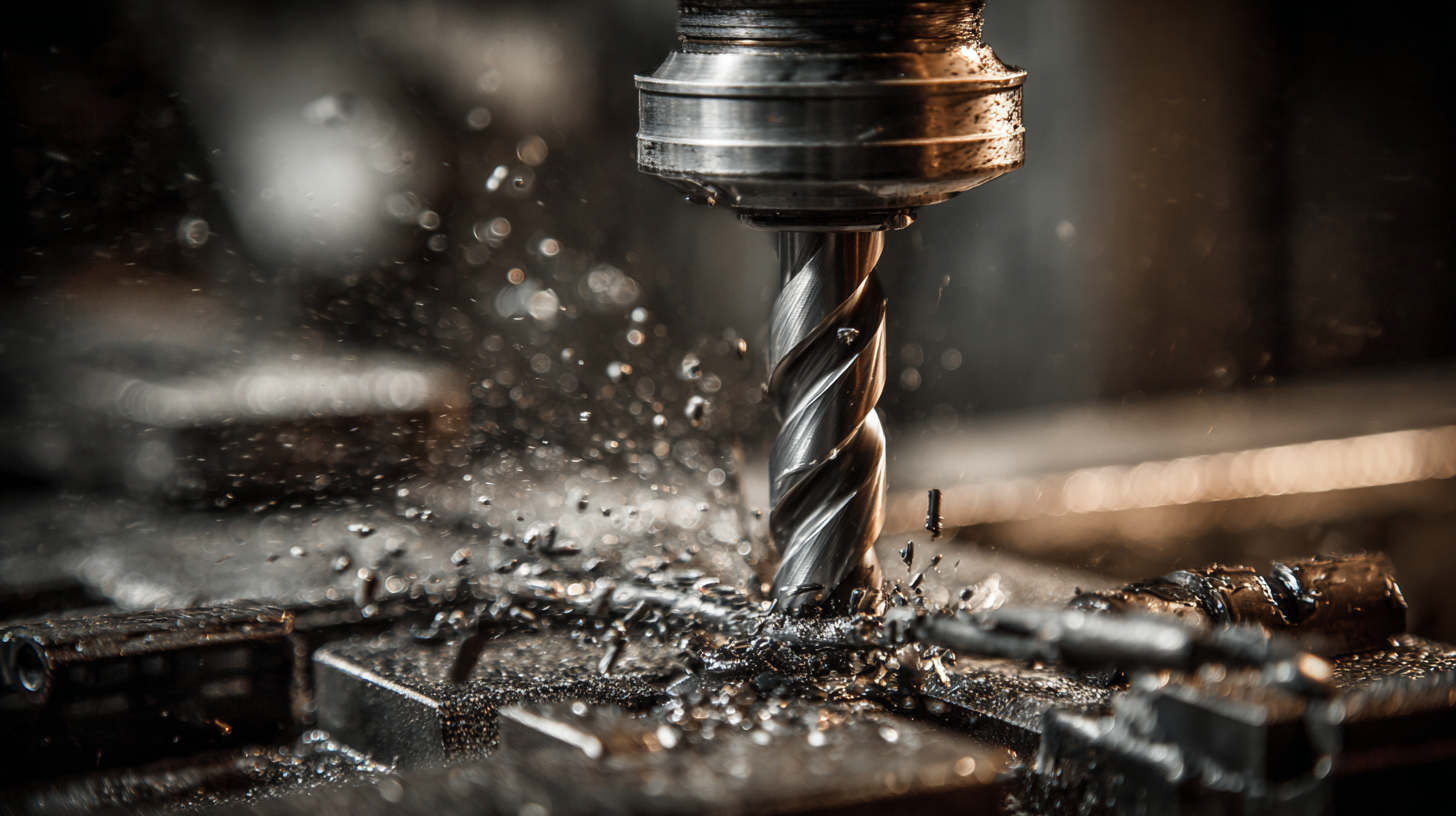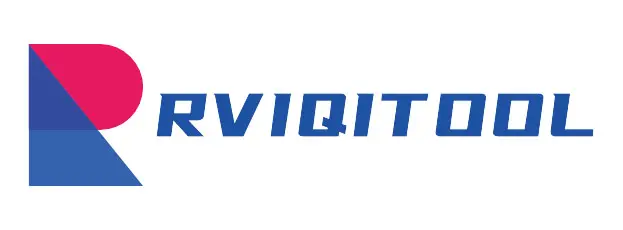In the realm of drilling technologies, the evolution from traditional methods to advanced solutions has significantly transformed operational efficiency. A recent industry report from the International Association of Drilling Contractors highlights that the adoption of innovative tools can enhance drilling speeds by up to 30%, thereby reducing overall project timelines and costs. Among these innovations, the High Speed Hole Opener has emerged as a pivotal technology, offering distinct advantages over conventional drilling techniques. By enabling wider hole diameters with minimal time, the High Speed Hole Opener not only accelerates the drilling process but also improves the quality of the bore and minimizes potential disruptions. As we delve into a comparative analysis of the efficiencies and performances of High Speed Hole Openers versus traditional methods, it becomes crucial to evaluate how these advancements can reshape drilling operations across various sectors.

When comparing high-speed hole openers to traditional drilling techniques, several key factors come into play that influence efficiency and performance. High-speed hole openers, designed for rapid material removal and increased penetration rates, utilize advanced technologies and cutting materials that significantly enhance their performance. This allows operators to achieve larger diameters and deeper depths in less time, making them ideal for projects that require speed and precision. The effectiveness of these openers is particularly evident in hard rock formations, where traditional methods often struggle to maintain their operational efficiency.
On the other hand, traditional drilling techniques have their own strengths, particularly in terms of established practices and lower initial costs. These methods, such as rotary drilling and core sampling, rely on tried-and-true equipment that operators are often familiar with. However, they typically involve longer drilling times and require more frequent maintenance. In environments where cost and time are critical factors, the integration of high-speed hole openers can lead to significant improvements, reducing labor costs and downtime while delivering superior results. By understanding the differences and selecting the right tool for the job, drilling professionals can enhance project outcomes and maximize productivity.
The efficiency of hole openers is crucial in drilling operations, impacting both time and cost. Recent studies indicate that high-speed hole openers can achieve penetration rates up to 30% faster than traditional methods. According to the SPE (Society of Petroleum Engineers) report on drilling efficiency, utilizing advanced hole opener technologies can reduce drilling cycle times significantly, leading to increased overall productivity. The shift towards high-speed options not only accelerates the drilling process but also enhances the accuracy of boreholes, ensuring quality results.
In terms of performance metrics, the rate of penetration (ROP) is particularly crucial. Research reveals that high-speed hole openers achieve an average ROP of 25-40 feet per hour under optimal conditions, while traditional methods often lag behind at 15-30 feet per hour. Furthermore, wear rates of drill bits used with high-speed systems are reported to be lower, extending tool life by approximately 20%, which translates into reduced costs and downtime. These metrics underscore the advantages of adopting high-speed technology in drilling operations, providing compelling evidence of their efficiency and performance benefits over traditional methods.
When considering the cost-effectiveness of high-speed hole openers versus traditional methods, it's crucial to evaluate not just the initial investment but also long-term savings. High-speed hole openers, while potentially pricier upfront, greatly enhance operational efficiency by reducing drilling time. This translates into lower labor costs and minimized downtime for projects. Traditional methods tend to be less expensive initially, but they often involve longer drilling times and more manual labor, which can inflate overall costs.

Tips: When choosing between these methods, consider conducting a thorough analysis of your project's specific needs. Identify the total cost of ownership, including maintenance and operational costs, rather than just focusing on direct purchase price. This comprehensive approach can reveal true cost savings from high-speed tools, potentially leading to significantly increased profitability in the long run.
Moreover, always keep an eye on the latest technological developments in the industry. Innovations in high-speed hole opener designs can further reduce costs and increase efficiency, making them a smarter investment over time. Training your workforce to utilize these advanced tools effectively can yield additional benefits, enhancing both performance and cost savings.
The advent of technology has dramatically transformed drilling operations, making them more efficient and cost-effective. Recent studies indicate that the integration of advanced tools, such as high-speed hole openers, can reduce drilling time by up to 30% compared to traditional methods. This technological upgrade not only accelerates the drilling process but also enhances accuracy, resulting in fewer operational setbacks and lower costs. Moreover, the use of automated systems minimizes human error, increasing overall safety and productivity on-site.
Tips: When considering an upgrade to high-speed hole openers, assess your existing equipment and determine compatibility. Taking this step can help streamline the transition and fully leverage the performance enhancements these tools offer.
Additionally, data from the International Association of Drilling Contractors (IADC) reveals that companies implementing such advanced technologies have seen improvements in their overall efficiency metrics, translating into significant savings. The ability to drill deeper and more effectively facilitates access to previously unreachable resources, providing a competitive edge in the fast-evolving energy sector.
Tips: Regularly train your teams on the latest technologies to maximize the benefits of new equipment. Keeping your crew informed about advancements ensures they can operate these tools proficiently, optimizing project outcomes.

Selecting the right hole opening method is crucial for maximizing efficiency and minimizing costs in drilling operations. High-speed hole openers have emerged as a favorable alternative to traditional methods due to their superior performance and reduced operational time. According to a recent report from the Society of Petroleum Engineers, high-speed hole openers can enhance drilling rates by up to 30%, significantly reducing non-productive time (NPT) associated with conventional techniques.
When choosing a hole opening method, consider factors such as the geological formation, required hole size, and overall project budget. Assessing the formation type is essential; for instance, softer rocks exhibit better results with high-speed systems, while harder formations may necessitate more traditional methods. Additionally, deploying advanced technologies like real-time data analytics can inform decision-making, ensuring optimal tool selection tailored to specific operational needs.
**Tips:** Always conduct a thorough cost-benefit analysis to compare potential drilling methods before beginning a new project. Also, consult with manufacturers or industry experts to identify the latest advancements in hole opener technology, which can lead to better performance and cost savings in the long run. Finally, consider training your team on the latest techniques to leverage their full potential during the drilling process.
This chart illustrates the average drilling efficiency measured in feet per hour for High Speed Hole Openers compared to Traditional Methods across various materials.

